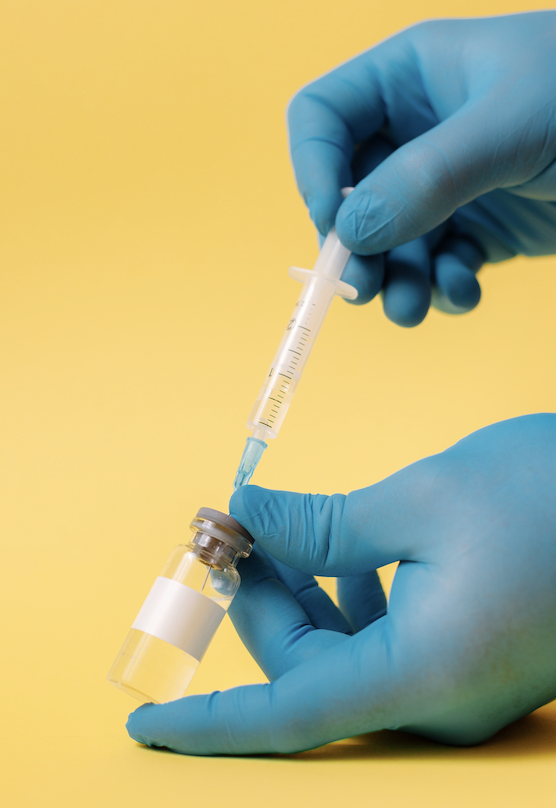
On Tuesday, March 29, 2016, the Department of Health and Human Services (HHS) released the long-awaited proposal to increase the number of patients that one prescriber may treat with buprenorphine medication assistance treatment (MAT) for opioid use disorder. Comments on the proposal are due Tuesday, May 31, 2016.
Due to the risk of misuse and diversion, prescribers must obtain a license from the Drug Enforcement Agency (DEA) before prescribing buprenorphine products. For the first year after licensure, prescribers are limited to treating 30 patients at one time; after one year, prescribers are then limited to treating no more than 100 patients at any given time.
The proposal is an attempt to increase access to MAT; statistics show that only 1 million out of an estimated 2.5 million individuals in need of MAT received the service in 2012. Buprenorphine may be dispensed through a traditional retail pharmacy, but the physician prescribing limit is seen by some as a barrier to treatment. There are currently 31,850 physicians licensed to prescribe buprenorphine products. Common buprenorphine products include Indivior’s Suboxone and Orexo’s Zubsolv.
Physicians Meeting Certain Requirements Would be Able to Treat Up to 200 Patients At Once
Under the proposal, certain physicians will be allowed to treat up to 200 patients with buprenorphine-containing products at one time. In order to obtain the higher patient-limit, physicians must hold a subspecialty board certification in addiction medicine or addiction psychiatry. Patients will count against a physician’s limit through the expiration of an active prescription (i.e. if a prescriber writes a prescription for buprenorphine for an initial 30-day fill with 2 refills, that patient will count against the prescriber’s limit for 3 months).
Physicians must also demonstrate that they practice in a “qualified practice setting.” HHS is proposing to define a “qualified practice setting” as follows:
- The ability to offer patients professional coverage for medical emergencies during hours when the office is closed;
- The ability to ensure access to patient case-management services’
- Use of health information technology (HIT) systems such as electronic medical records;
- Participation in a prescription drug monitoring program (PDMP) (in states that have an operational PDMP).
Physicians applying for an increase in the patient limit would be required to reaffirm their ongoing eligibility every three years.


